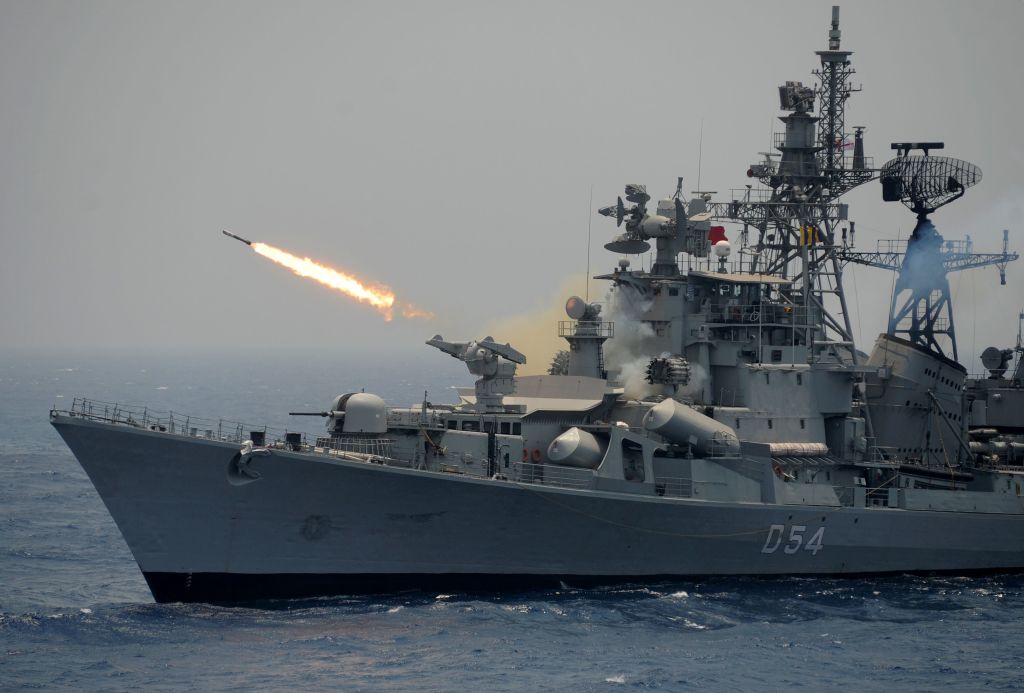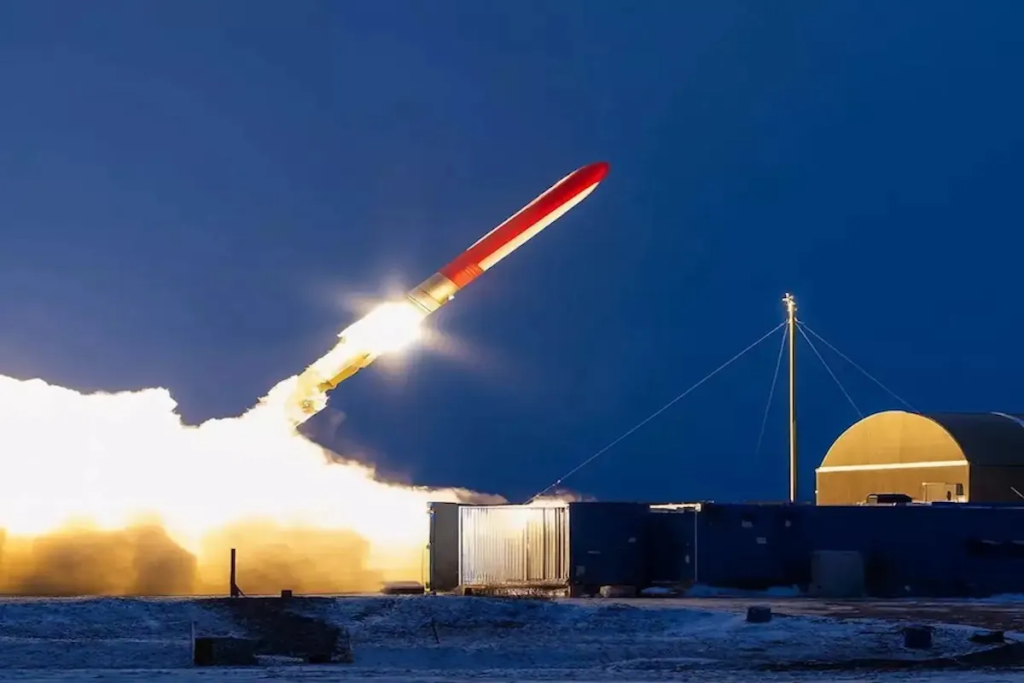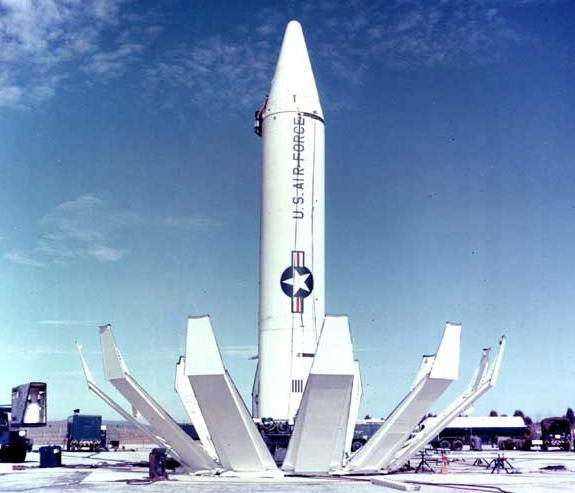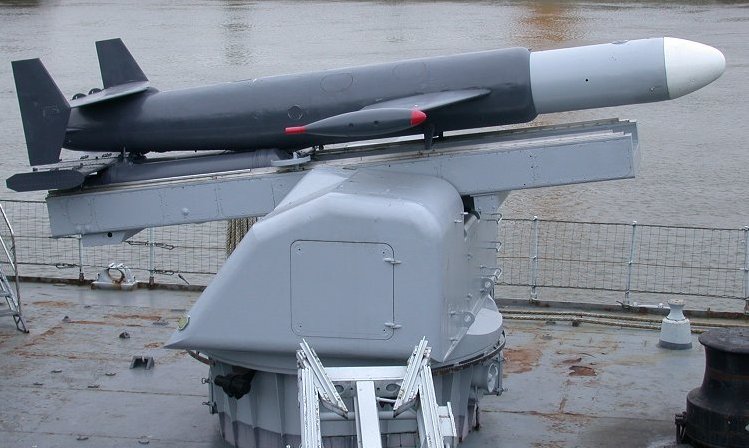
What if a weapon blurs the lines between deterrence and calamity? Russia’s recent test of the Poseidon nuclear-powered torpedoes has ignited just that question among international defense specialists. Branded by President Vladimir Putin as a “huge success,” the test underscores a sobering escalation of the war in Ukraine and raises profound questions of strategic, environmental, and legal consequence.
The Poseidon is no ordinary torpedo. With its potential to generate radioactive tsunamis on coastal cities, it is a new generation of retaliatory weapon designed to bypass traditional missile defenses. Its first test coincides with Russia being in the midst of a series of high-profile demonstrations of prowess for future systems hopping from hypersonic ballistic missiles to nuclear-powered cruise missiles amounting to a conscious effort at redefining global deterrence. These are nine most important points of the development that require consideration.

1. The Poseidon’s Unprecedented Capabilities
First revealed in 2015, the Poseidon also known as Status-6 is a nuclear-powered warhead carrying a multi-megaton warhead. As reported by Russian state media, it can trigger radioactive ocean swells of 1,600 feet in height, causing devastation to coastal infrastructure and rendering large areas uninhabitable. Powered by a miniaturized nuclear reactor, it is said to be able to travel at 70–100 knots, be launched at depths of 1,000 meters, and have a range of approximately 10,000 kilometers.
While other Western experts doubt the feasibility of having such extreme effects, intelligence sources confirm extensive tests and change in submarine size. Belgorod, the largest Russian submarine, has a capacity to carry up to six Poseidons, with an additional platform, Khabarovsk, already under development.

2. Strategic Purpose Beyond Battlefield Use
Poseidon fits Moscow’s goal of avoiding U.S. and NATO missile defense systems. It weaponizes the ocean environment, completely evading ground-based intercept systems. It is regarded by experts as part of Russia’s general nuclear doctrine of “escalate to de-escalate,” using nuclear blackmail to achieve strategic goals.
Its deployment is also a psychological card. Uncertainty regarding its readiness for use fuels deterrence rhetoric, perhaps with an aim to pressure new arms control discussions on missile defense.

3. Legal Controversy Under International Law
According to United States Naval War College Professor Raul Pedrozo, the Poseidon’s concept of operations is most likely in violation of the ENMOD Convention and Additional Protocol I to the Geneva Conventions. They prohibit warfare techniques causing significant, prolonged, and severe damage to the environment.
Detonating an underwater multi-megaton warhead to produce a radioactive tsunami would deliberately use natural processes to inflict harm on civilian populations, contravening the principle of distinction and environmental protection undertakings.

4. The Zaporizhzhia Nuclear Power Plant as a Parallel Danger
Russia’s military use of the Zaporizhzhia nuclear power plant embodies the environmental and civilian danger of Poseidon. UN nuclear head Rafael Grossi warned intermittent blackouts and the reliance on diesel generators to cool reactors create a “clearly not sustainable” safety situation.
Satellite imagery reviewed by independent experts shows deliberate sabotage of the plant’s final Ukrainian power line, maybe to link it to Russia’s grid. This tactic leveraging nuclear facilities for strategic gain mirrors the coercive threat of Poseidon.

5. Integration into Russia’s Deterrence Architecture
Putin had introduced Poseidon in 2018 along with the Burevestnik nuclear-powered cruise missile as a counter to the American withdrawal from the Anti-Ballistic Missile Treaty. Taken together, they form a portfolio of systems intended to elude missile defenses and prove Russian technological capability.
The assignment of the Belgorod to the Pacific Fleet and the planned acquisition of a minimum of 30 Poseidons indicate Moscow’s desire to put the capability into operation in the face of concerns over cost-effectiveness.

6. Potential for Environmental Catastrophe
Aside from local blast impacts, a Poseidon explosion would contaminate ocean ecosystems and coastal regions for decades. Radioactive fallout from a seabed explosion could disrupt fisheries, desalination plants, and ports across multiple countries.
Such devastation conforms to the ENMOD definition of “widespread” (hundreds of square kilometers), “long-lasting” (months or seasons), and “severe” (serious damage to human resources and life), thus explaining why environmental modification as a weapon is prohibited.

7. Comparisons with Other Novel Weapons
North Korea’s Haeil-class nuclear torpedo drone also shares Poseidon’s broad conception but is smaller, slower, and conventionally powered. They are both intended to hit coastal targets with minimal warning, which complicates detection and defense.
In contrast, hypersonic systems like the Russian Oreshnik IRBM or Zircon missile favor speed and maneuverability to evade air defenses. The innovation of Poseidon is the autonomous underwater signature and the environmental weaponization.

8. Risks of Operation and Control Complexity
Nuclear systems without humans onboard to override in case of malfunction, cyber attack, or misinterpretation of signals are at risk. With no human onboard to abort in case of emergency as in the 1962 Cuban Missile Crisis experience of the T-5 torpedo Poseidon is founded on automated and remote control. This increases the chances of mistaken escalation, particularly in contested seas where misinterpretation of intentions could invite counteraction.

9. Strategic Stability Implications
Ex-U.S. Defense Secretary James Mattis and other authorities argue that Poseidon does not change the basic nuclear balance, as Russia has access to U.S. cities already. Its primary impact may lie in undermining weapons control standards and inducing destabilizing uncertainty. Upon deployment, it would most likely induce countermeasures such as augmented submarine surveillance networks, anti-submarine warfare expenditures, and revived interest in environmental warfare prohibitions.
The Poseidon test is not merely a technical success it is an environmental danger wrapped in geopolitics message. In combining nuclear weapons with autonomous submarine delivery, Russia has expanded the horizon of strategic deterrence into regions long believed out of reach by international law. For defense strategists, the challenge now is how to balance effective countermeasures with steps toward maintaining the legal and normative barriers to these weapons, so that the seas are not turned into the next nuclear escalation battleground.


